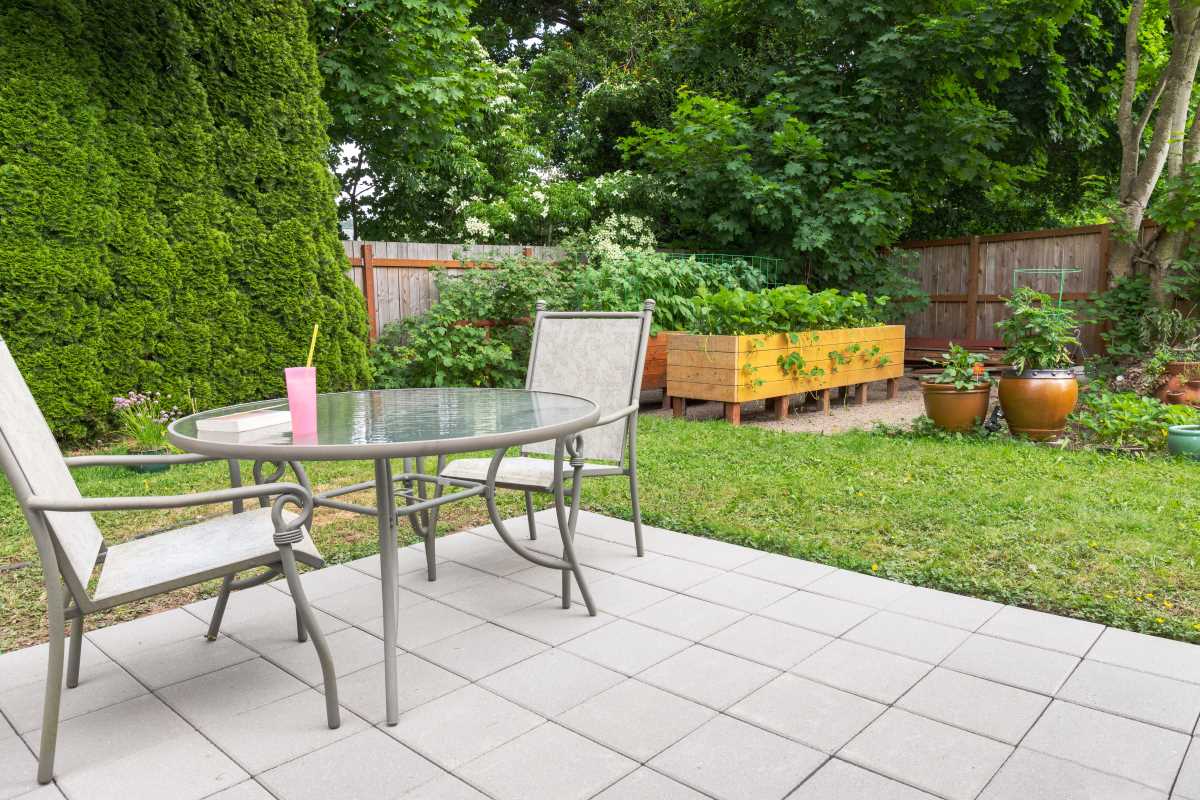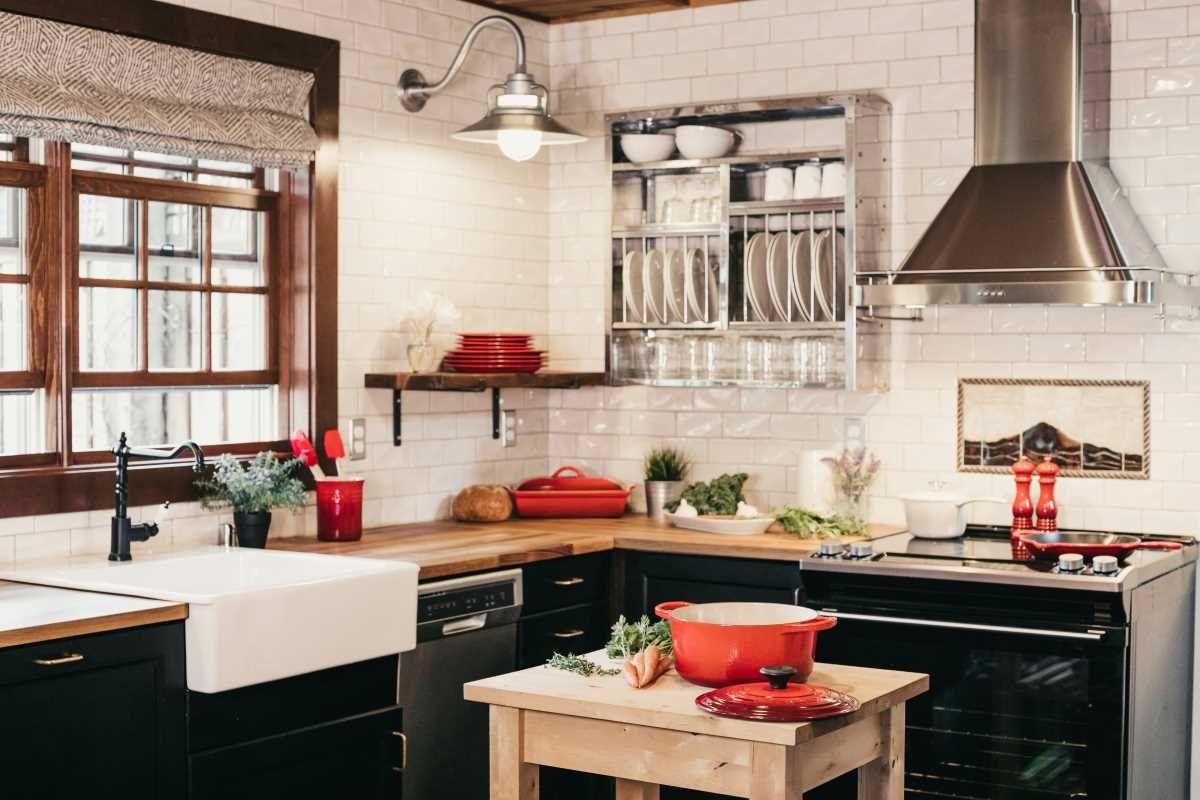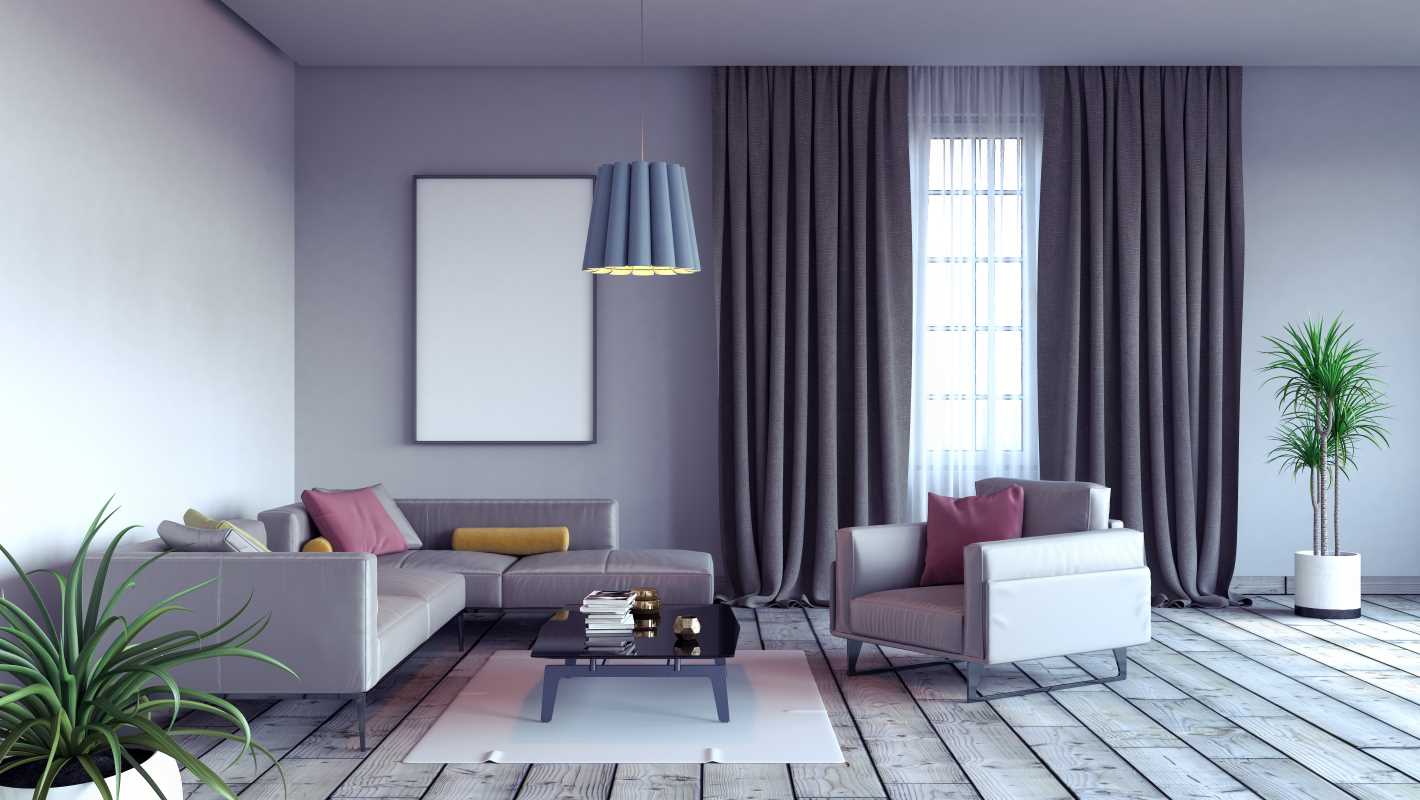Creating a productive and comfortable workspace at home is essential, especially as remote work becomes increasingly common. The right home office furniture can transform a simple room or corner into an inspiring, efficient, and comfortable place to work. From selecting the perfect desk to finding an ergonomic chair, each piece plays a crucial role in enhancing your focus and well-being. Let’s explore some key factors to consider when setting up a home office that promotes productivity and comfort.
Assessing Your Workspace Requirements
The first step in creating a functional home office is assessing your specific workspace needs. Think about the size and layout of your room, as well as the type of work you do daily. For example, if your work involves handling multiple devices, paperwork, or large projects, a spacious L-shaped desk can provide ample surface area for multitasking. This desk style allows for more room to organize devices, documents, and supplies without clutter. For those with limited space or who prefer a minimalist setup, a compact writing desk or wall-mounted desk could be a better fit.
Another consideration is built-in storage. Desks with drawers or shelving can keep essentials organized and within reach, reducing the need for extra storage furniture and making the most of smaller spaces. A well-chosen desk not only serves as a functional work surface but also as an anchor for the room’s aesthetic, setting the tone for your entire workspace.
Prioritizing an Ergonomic Chair
An ergonomic chair is one of the most essential pieces of furniture for any home office. Spending long hours seated can strain your back, neck, and shoulders, so it’s crucial to choose a chair that supports proper posture and reduces discomfort. Look for a chair with adjustable features, such as lumbar support, height, and tilt adjustments, which allow you to customize it to your body’s needs.
Comfortable padding and breathable upholstery are also key, especially in warmer environments or when seated for extended periods. The right ergonomic chair will support your spine’s natural curve, helping to prevent back pain, boost comfort, and improve focus. Investing in a quality chair may seem costly upfront, but the long-term benefits in terms of health and productivity make it well worth it.
Enhancing Lighting for Optimal Focus
Lighting is a fundamental but often overlooked component of an effective home office. Ideally, position your desk near a window to maximize natural light, which has been shown to improve mood and increase productivity. Natural light can also reduce eye strain and create a brighter, more uplifting environment. If your workspace lacks natural light, a good-quality desk lamp with adjustable brightness can serve as an effective alternative.
Consider investing in a lamp with adjustable color temperature, allowing you to switch between cool and warm tones depending on the time of day and your needs. For tasks that require concentration, such as reading or detailed work, bright, cool-toned light is most effective. In contrast, warmer lighting can create a cozy atmosphere for more relaxed tasks, such as brainstorming or writing. A layered lighting approach combining ambient, task, and accent lighting provides flexibility and helps create a balanced, functional space.
Embracing Storage Solutions for Organization
A clutter-free workspace is essential for maintaining focus and reducing stress. By incorporating practical storage solutions, you can keep your home office organized and free from unnecessary distractions. Filing cabinets, bookshelves, and storage units provide designated places for important documents, office supplies, and tech gadgets.
Drawer organizers and filing systems are also helpful for sorting paperwork, while storage baskets or bins can help corral smaller items and accessories. By keeping everything in order, storage solutions enhance productivity, helping you focus on your tasks instead of worrying about misplaced items. Additionally, organized storage saves time by ensuring essentials are always accessible, minimizing disruptions during your workday.
Personalizing Your Workspace for Inspiration
Your home office should reflect your personality and style, as this creates a space where you feel inspired and motivated. Personal touches such as artwork, family photos, and decorative items can make your workspace more inviting and boost your mood. A visually pleasing environment can encourage creativity and make working from home more enjoyable.
Adding plants is another excellent way to personalize and breathe life into your workspace. Plants not only beautify the space but also offer health benefits, such as reducing stress and improving air quality. Choose low-maintenance plants, like succulents, snake plants, or pothos, which thrive in indoor environments and require minimal upkeep. The presence of nature in your workspace can be calming, contributing to an overall sense of well-being.
Choosing the Right Accessories for Added Functionality
Beyond the essentials like desks and chairs, there are other accessories that can boost productivity and comfort. For example, monitor stands or adjustable laptop risers can help maintain proper screen height, reducing neck strain and promoting better posture. A document holder can prevent desk clutter, while cable organizers keep cords and chargers neatly out of the way.
Consider adding a whiteboard, chalkboard, or corkboard for a visual workspace to track tasks, deadlines, or creative ideas. These accessories can be practical and functional additions that help keep you organized and focused on your work. Even something as simple as a cup holder for pens and highlighters or a charging station for devices can make a noticeable difference in streamlining your workspace.
Considering Flexibility and Mobility in Your Workspace
If your work routine varies or you need to adapt your setup frequently, consider flexible furniture pieces that offer mobility. For example, desks on wheels allow you to rearrange your workspace with ease, giving you the freedom to change your layout or location as needed. Sit-stand desks provide the flexibility to alternate between sitting and standing, promoting movement and reducing the strain of prolonged sitting.
Mobile storage carts, folding chairs, and modular shelving units also add versatility, enabling you to adjust your workspace according to your current needs. This flexibility is particularly useful in shared spaces or smaller homes, where adaptability is essential for maximizing space efficiency.
Creating a Well-Balanced Workspace
Finally, the layout and flow of your home office are just as important as the furniture you choose. Arrange your space to allow for easy movement and clear pathways, ensuring everything you need is within reach. Designate specific zones for work, storage, and relaxation if your space allows, as this can help create a balanced, organized environment.
A dedicated workspace free from household distractions is key to maintaining focus, especially when working from home. With a well-organized, visually pleasing, and ergonomic setup, your home office can become a space that promotes productivity and well-being, helping you do your best work every day.
Creating a home office that combines functionality, comfort, and personal style is essential for remote work success. By choosing ergonomic and practical furniture, embracing storage solutions, enhancing lighting, and adding personal touches, you can transform any room into a productive sanctuary that suits your unique needs. Investing in the right pieces for your home office is an investment in your comfort, health, and efficiency—ultimately empowering you to thrive in your work-from-home environment.







